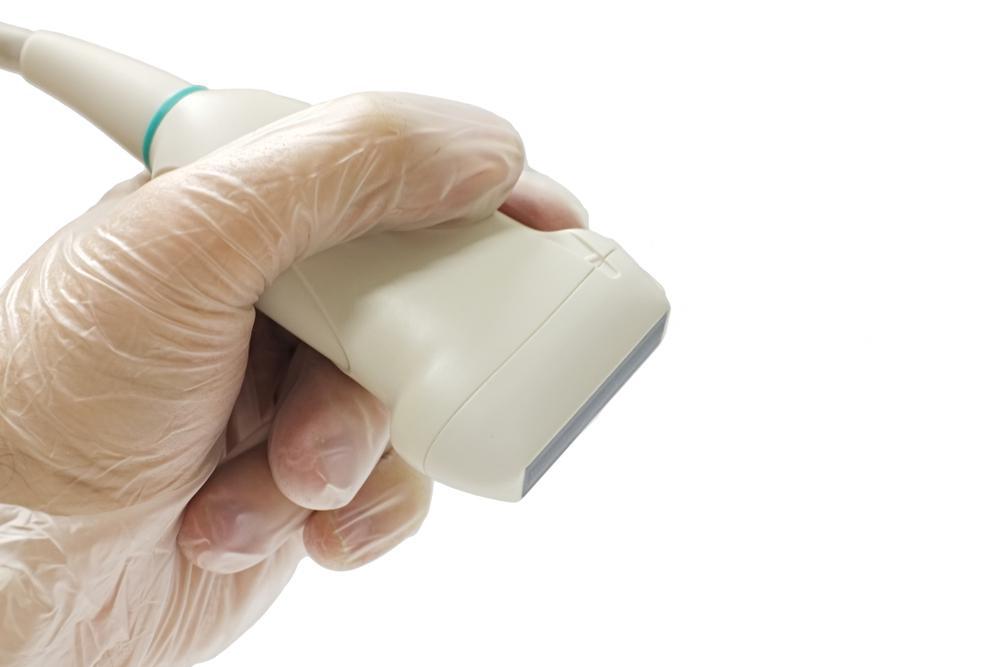Are you at risk for blood clots? Then you probably know to monitor your legs for signs of swelling or pain. If you suspect a clot could be forming, the most important thing is to take quick action. You need to determine whether you need medical intervention to prevent a potentially fatal condition.
At Advanced Vein and Laser Center, with offices in Lancaster and York, Pennsylvania, Dr. Steven Heird, and Dr. David Winand use a vascular ultrasound to check for weak veins or faulty valves. If they see a clot, they can recommend the correct treatment to prevent serious danger to your health.
Vascular ultrasound basics
You’re probably familiar with the term ultrasound. It’s a common practice for checking on fetal development during pregnancy. However, ultrasounds have many uses. They provide a real-time image of what’s happening in soft tissues, without radiation.
The ultrasound process is completely non-invasive. Your doctor will put a special conductive gel directly on the surface of your skin. Then, use a handheld probe called a transducer to send high-frequency sound waves through your body.
The probe captures the sound waves that bounce back and feeds them to a computer program. This program creates an image from the sound waves. In a vascular ultrasound, the sound waves can even map blood flowing through your blood vessels. The ultrasound can show your doctor if there’s sluggish blood movement, problems with your veins, or a clot beginning to form.
Vascular ultrasounds can be used for both diagnostic and procedural purposes. In addition to revealing problems, they can guide your doctor during procedures such as sclerotherapy to seal off and break down spider or varicose veins.
If your vascular ultrasound shows a clot
Deep vein thrombosis, or DVT, can occur when a blood clot breaks loose from where it formed and then travels through your body to one of your lungs. DVT can cause a pulmonary embolism and possibly death.
If your vascular ultrasound shows a blood clot is forming, our team can put together a treatment plan to stop the clot from growing larger. Then, your doctor may recommend a medication to break it up safely, so normal blood flow can be restored and the risk of DVT minimized.
Certain factors can increase your risk for a blood clot. Including, a family history of clotting issues, pregnancy, use of birth control, smoking, prior surgery, being overweight, or over the age of 60. Having paralysis of your legs or being bedridden for a long period of time can also increase your risk.
If you believe you have a blood clot, contact us immediately to schedule an appointment!








0 Comments